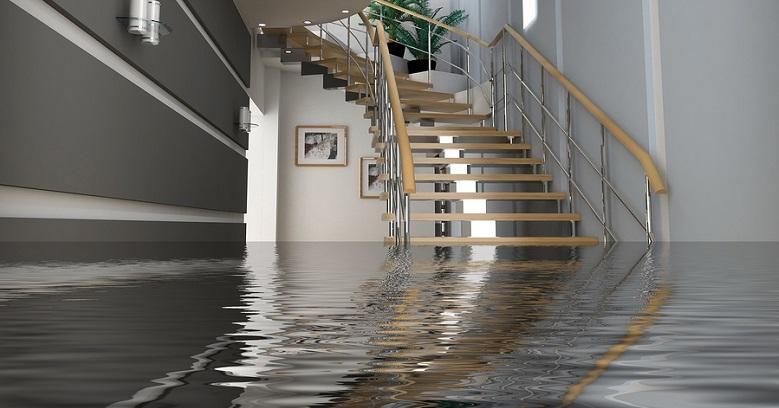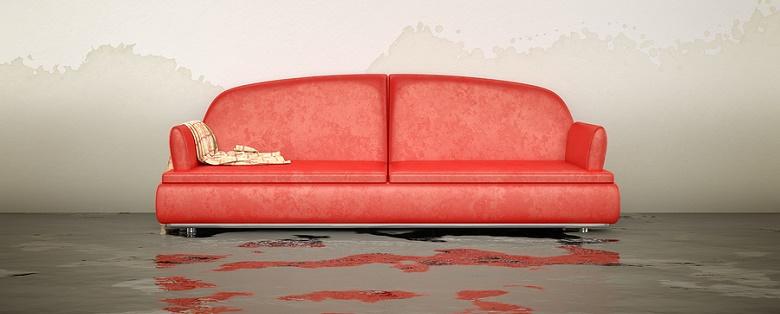
When hurricanes bring massive flooding, home damage can be extensive. If your home has flooded, it is critical to begin flood damage cleaning as quickly as possible. Even if you plan to call professional flood damage clean up services to help, start the process right away. You can reduce dame to the home damage and its belongings by following the 9 important flood damage clean up steps as soon as you can enter the house.
- Make the House Safe - Before rushing in to start flood damage cleaning, make sure the house is safe for any work. Turn off electrical power to the house to prevent electrocution from working in a wet environment. Then go around the house and make sure the foundation is intact and safe to enter.
- Ventilate the House - Go through the house and open all windows and doors to allow for good ventilation. Anyone doing flood damage clean up in the house should wear face masks to avoid inhaling mold, chemical fumes, and other potentially unhealthy substances. Once it is safe to turn the power back on, keep ventilation going by using window fans.
- Know What to Throw Out - As painful as it can be, you must throw out all items that cannot or should not be cleaned for health reasons. Anything that can absorb and hold water and potentially grow mold should be discarded. Flood damage clean up services recommend that you remove and dispose of carpets and rugs, mattresses, box springs, pillows, things made from particle board that got wet, wet upholstered furniture, and anything that cannot be dried and disinfected.
- Thoroughly Wash Salvageable Clothing - Clothing and household fabrics can usually be cleaned as long as flood damage cleaning begins before mold can grow in the fabric. Machine wash in hot water and include a 10-minute soak in detergent. Repeat if necessary to remove musty odors.
- Expose and Remove Saturated Materials - After removing damaged items from the house, begin exposing hidden saturated areas like baseboards and under the flooring. Remove damaged materials so the house can dry completely. You should also include the removal of all drywall up to about 20 inches over the waterline and any vinyl or laminate flooring.
- Clean and Disinfect - Flood damage clean up requires a lot of cleaning and disinfecting of the house and any items salvaged from the flood. Exposed wall studs and floors should be pressure washed with detergent, then flushed out. A disinfectant solution should be used afterwards in the house.
- Treat to Prevent Mold - In addition to disinfecting, you must treat for mold to prevent its growth as everything begins to dry. Keep air circulating on, try to keep the temperature low, and use a fungicide made for this particular use to kill any mold that is present and prevent it from growing back.
- Dry Everything Completely - Once all washing, disinfecting, and mold treatment has been completed, let everything dry completely before starting to rebuild. Although this could take days and possibly even weeks, it is critical that everything be dry. Continue to use fans to keep air moving throughout the house. Use a moisture meter to determine when it is safe to begin reconstructing damaged walls and floors.
- Work With A Professional - Although you could handle many of these clean-up tasks yourself, the best recommendation, when the time comes to wash, treat, and dry the actual house itself is to hire professional services to help. Flood damage clean up services have the equipment and preparations needed to effectively clean and disinfect, treat for mold, then monitor moisture to give you the go-ahead to start rebuilding.
If your home has been damaged by high water, the flood damage clean up job you face could be daunting. Even if you start flood damage cleaning immediately, it is a race to stop more damage from occurring and prevent mold from taking over. Flood damage clean up services can get everything done faster and easier so you can restore your house as soon as possible!
